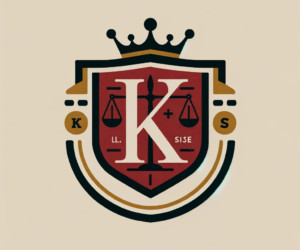M&A Checklist — How to Prepare Your IP for the Legal Due Diligence Process
LexBlog IP
AUGUST 16, 2023
But any company preparing to sell within the next five years should consider the more common IP issues that arise during the legal due diligence process. IP Ownership Nearly all purchase agreements require the seller to warrant that it owns or licenses the intellectual property necessary for operation of the business.

















Let's personalize your content